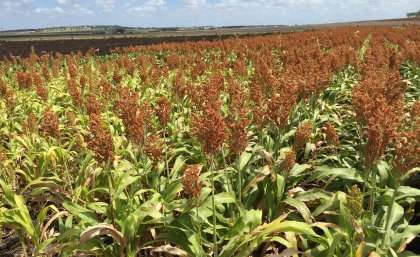Food security is a critical issue.
One third of the world's food-producing land has been lost in the past 40 years as a result of soil degradation, putting global food security at risk.
Researchers from The University of Queensland have discovered how aluminium, a toxic result of soil acidification, acts to reduce plant growth.
UQ School of Agriculture and Food Sciences researcher Dr Peter Kopittke said the increasing human population and continuing degradation of farm soils has made food security a critical issue.
"Acid soils cost over $A1.5 billion per year in forgone production in Australia alone," Dr Kopittke said.
"Soil degradation occurs naturally, but is exacerbated by agricultural activities and is expensive to reverse, so another option is to cultivate crops with better tolerance for the soil conditions.
"Our research has identified how aluminium reduces plant growth, so that we can work towards overcoming this and increasing crop productivity."
The researchers discovered that aluminium in soils could reduce the growth of roots within five to 30 minutes of exposure.
Using the TwinMic microscope at the Elettra synchrotron facility in Trieste, Italy, they showed that aluminium accumulates in root tips, exerting a toxic effect on cells required for root growth.
"For these cells, growth occurs when the cell walls loosen, yet we demonstrated that aluminum accumulates in the cell wall and inhibits their growth," Dr Kopittke said.
"If the roots of a plant don't grow properly then it will be unable to access water and nutrients and it will not flourish.
"Low productivity crops do not make the best use of the available arable land, and make it difficult to keep up with global food demands.
"We have shown that in order to overcome the negative effects of aluminium, it is important to focus on traits involved in cell wall loosening to breed crops with greater aluminium tolerance."
The research, conducted in collaboration with the University of Oxford, the University of South Australia and the Elettra synchrotron, is published in Plant Physiology.
More information: "Identification of the primary lesion of toxic aluminum (Al) in plant roots" Plant Physiol. pp.114.253229; First Published on February 10, 2015; DOI: 10.1104/pp.114.253229
Provided by University of Queensland























